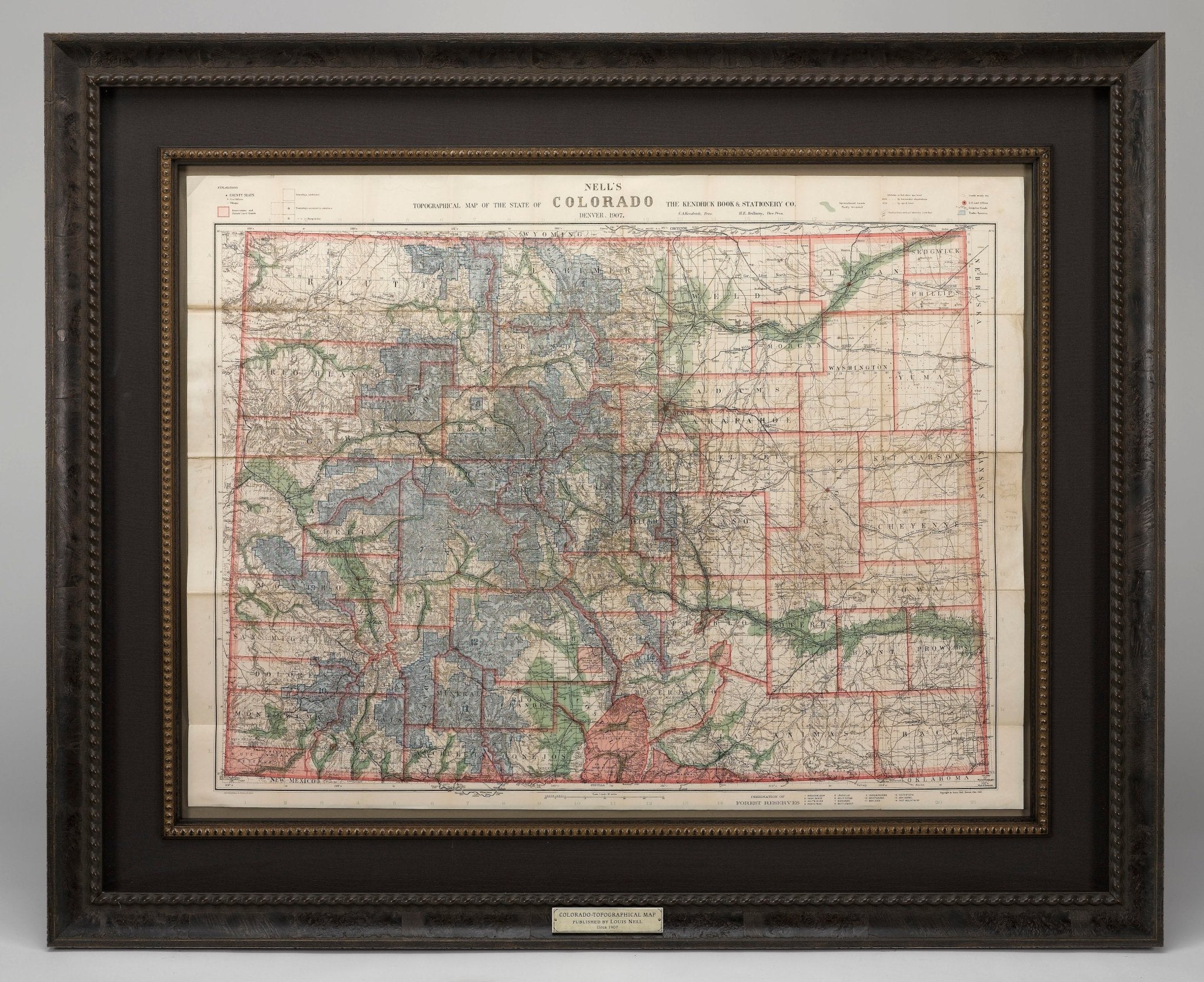Spreading the News of the Emancipation Proclamation
Broadsides of the Emancipation Proclamation helped spread the news of the abolition of slavery. On January 1, 1863, Lincoln formally presented the Emancipation Proclamation, which declared, "all persons held as slaves within any States, or designated part of the State, the people whereof shall be in rebellion against the United States, shall be then, thenceforward, and forever free."
Following the signing of the official document, publishers throughout the North responded to a demand for copies of Lincoln’s Proclamation and produced numerous decorative broadsides. The broadside emerged in the 19th century as a way to spread news, shape public opinion, or rally people to action. Advances in printing technology made their production inexpensive, and they were produced in a wide array of styles- from simple texts to complex illustrations. Broadsides were commonly posted on buildings, hung in meetinghouses and pubs, and even framed in homes as decorations. They provide a look into the past: like a snapshot of the time period when the Proclamation was newly introduced.
The production of broadsides of the Emancipation Proclamation gave illustrators an opportunity to shape public opinion. We offer a selection of original broadsides of the Proclamation, and each feature different illustrations that complimented the text. In this view, for example, the Proclamation and the abolition of slavery are presented as key to ensuring the nation’s future well-being. The intent of Lincoln's Proclamation is explained through vivid illustrations. The whip, auction block, and slave catchers, depicted at left, are replaced by free labor, education, and economic prosperity, illustrated at right. Lincoln sits above this process in which the destruction of war has given way to peace and good order.

Juneteenth, celebrated earlier this week, commemorates the emancipation of all enslaved African Americans. The anniversary recognizes when the last enslaved people were set free in Texas on June 19, 1865, two years after the Emancipation Proclamation was signed. Even though the Proclamation was made effective, it could not be immediately implemented in all Confederate states. As a result, enslaved people in Texas would not be free until much later. Some 2,000 Union troops arrived in Galveston Bay in 1865 announcing that the more than 250,000 enslaved black people in the state were free by executive decree. The momentous day was remembered as Juneteenth, or Freedom Day.








